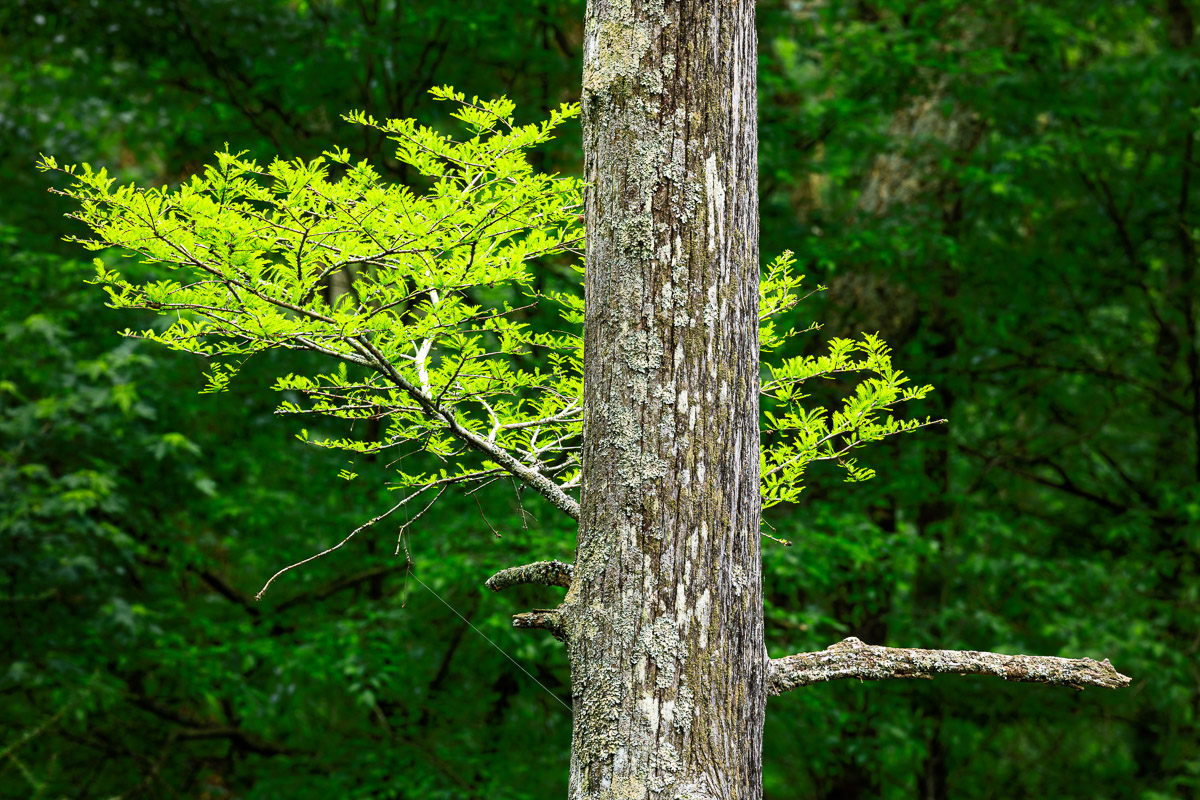
“Get rid of your expectations, be ok with not taking a photograph, and try to have a little fun.” – Thomas Heaton
One of the things I have always liked about photography is it gives me a chance to get out and get away. No problems, no responsibilities, no concerns, no pressure. I guess you could call it a temporary escape from the everyday real world.
While I still immensely enjoy getting out with my camera, I’ve been noticing over the last year or two, perhaps longer, that my level of enjoyment wasn’t quite what it used to be. I was less satisfied with my images, and I was finding myself getting frustrated with my photography. As this realization began to dawn on me, I tried to understand why it was happening and what I could do to change it. But, I could not put my finger on anything specific, and that only added to my frustration.
Then, a few weeks ago, I watched a Youtube video by photographer Thomas Heaton in which he expressed some of the same feelings I had. His conclusion was that he had begun expecting to produce high quality photographs every time he went out, and coming back without such a photograph was unacceptable. He found that this expectation was causing him to force his photography which, in turn, was restricting his creativity. In other words, he wasn’t having fun when he went out. His advice was stop having expectations, that it was ok to come back without an image, and just have fun.
That really struck a chord with me. I realized I was putting unrealistic expectations on myself to create “award-winning” photographs on every outing. I also tended to consider a trip to be a failure if I didn’t come back with an image, so I would often take pictures I knew weren’t of very high quality just to feel like I had accomplished something. In the end, all I was really doing was adding to my dissatisfaction.
I decided that, the next time I went out, I wasn’t going out to take pictures. Instead, I was going out to enjoy the outdoors. If I found something I wanted to photograph, great. If I didn’t, that was just fine, too.
My next opportunity came about a week and a half ago when I made a trip to the Arkansas Arboretum at Pinnacle Mountain State Park in Little Rock, Arkansas. The arboretum, which contains native flora representing Arkansas’s six, major natural divisions, sits along the Little Maumelle River and contains a paved 0.6-mile path that is usually empty early in the morning. It was a perfect place to try my different approach.
When I arrived, it was exactly as I had expected: empty, quiet, and peaceful. I parked, grabbed my camera and tripod, and started down the path. It took about a minute before I saw a scene and photographed it, but I realized that I was falling back into my old habits. Thinking about it, it occurred to me that maybe carrying the tripod in my hand was providing a continuous, albeit unconscious, reminder that I was there to take pictures.
Using a spare strap, I attached the tripod to my camera backpack and then continued on. Instantly, the pressure to take pictures disappeared. As I continued walking along the path, I stopped a few times to assess a couple of scenes, but I felt no compulsion to photograph what I knew would be less than satisfying compositions. It was such a liberating feeling.
Walking along a new path that had been built since my last visit about a year and a half earlier, I discovered this quiet spring scene. What caught my eye and what I really liked was the contrast between the bright green foreground leaves and the darker leaves in the background. Holding the camera in my hands, I found the vantage point I needed that best emphasized the contrast I found so striking. Only then did I set up the tripod, finalized the composition, and photograph the leaves.
My vision was to highlight the brighter foreground leaves against the darker background, but the image as captured by the camera left a lot to be desired…one of the “disadvantages” of photographing in the RAW format. Keeping that vision in mind while I processed the file, I spent a significant amount of time enhancing the contrast by brightening the highlights and darkening the shadows. This came close to getting the image where I wanted, but it wasn’t quite there.
The issue was the background was sharper than I wanted, and everything still seemed to blend together. Essentially, I needed the background to be out of focus. To accomplish this, I used Lightroom’s color range masking tool to select the dark green background leaves. Darkening the leaves and reducing texture and clarity gave the background the out of focus look I wanted.
My final step was to use the brush tool to lower the exposure and darken a small area of the background that was a bit too bright and drew the eye away from the foreground leaves.
In the end, I pressed the shutter button only six times and created one image that I am pleased with. But, had I come away with nothing, I would have been perfectly fine with that outcome as well. I know that sounds crazy, and it sounded crazy to me, too, until I realized that it only sounded that way because I was putting unnecessary expectations on myself.
Thomas Heaton’s advice to “[g]et rid of your expectations, be ok with not taking a photograph, and try to have a little fun” is probably the best photographic advice I’ve heard in a long time.
And, it’s advice I’m going to try to diligently follow every time I go out to photograph.